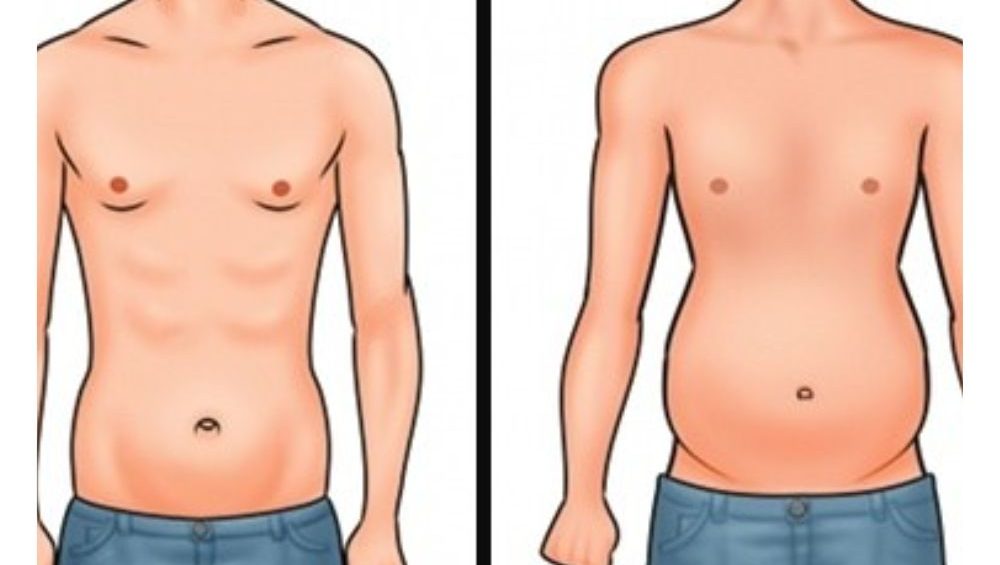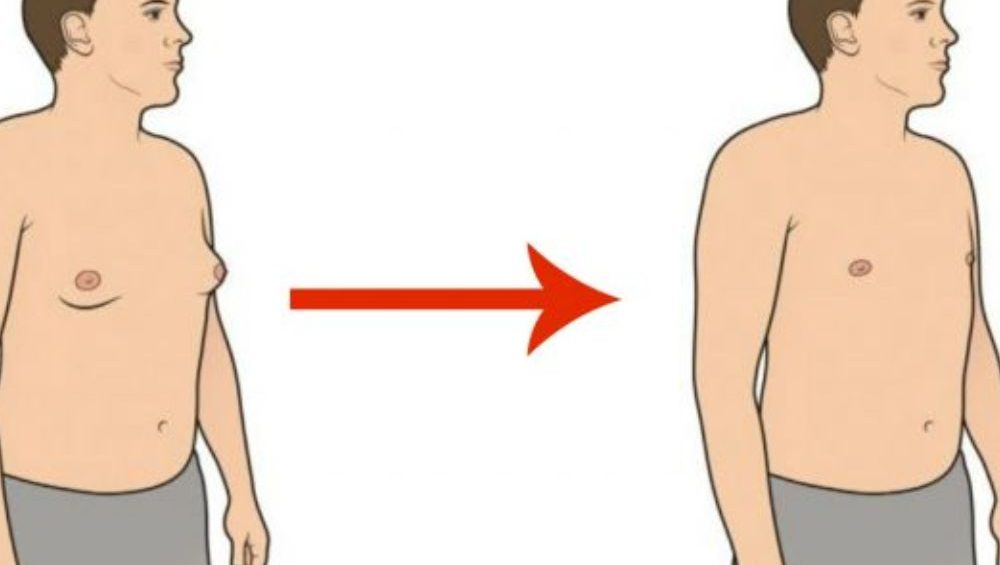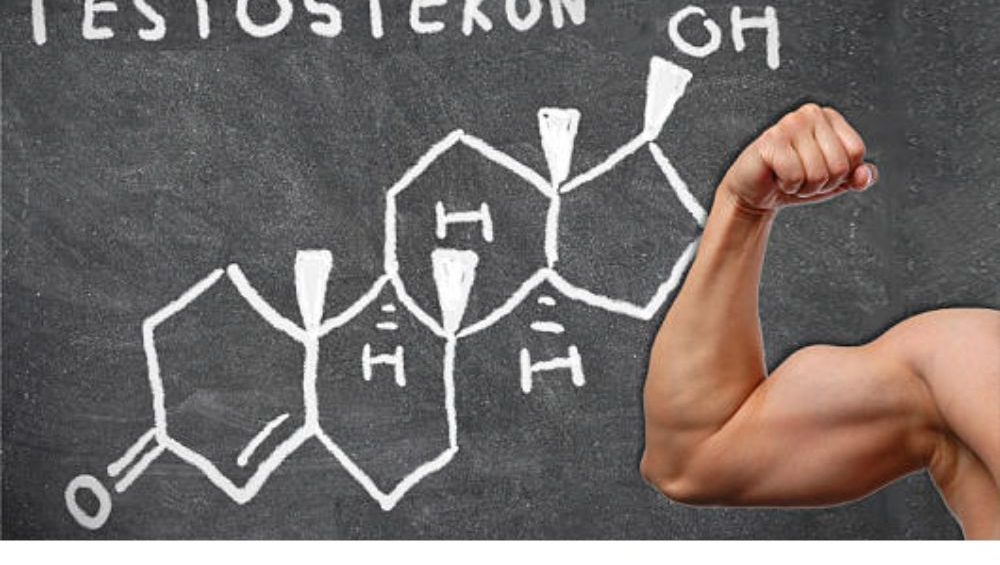Are you Skinny Fat? Here’s the Solution
The term skinny fat can be confusing – how can someone be skinny and fat at the same time?
Well, skinny fat people are those that look skinny in clothes but have high body fat and low muscle mass.
So underneath those clothes, they actually look soft and flabby.
The real problem behind skinny fat is that there is a little too much fat and not enough
muscle on a frame that may be prone to thin limbs and narrow shoulders. Some of the most common reasons for this include:
- Sedentary Lifestyle– are you moving enough?
- Insufficient Protein– you’re always losing or gaining muscle mass, it’s your choice every day.
- Underdeveloped Core – a strong foundation shapes your body.
The first of these problems is lack of movement or sedentary lifestyle.
The less muscle you have, the lower your body fat levels have to be to have noticeable muscle definition.
This is why fairly muscular people can look good at higher levels of body fat than under-muscled people.
15% body fat on a guy with a good amount of muscle looks athletic whereas the same body fat percentage on a spindly frame doesn’t.
So, then, the real “skinny fat solution” involves improving body composition, and this almost always involves weight going up.
How People Wind Up Skinny Fat
The primary reason so many people struggle with being skinny fat is the bulk of mainstream diet and exercise advice is basically a recipe for it.
Here’s what I’m talking about:
- Severe calorie restriction.
- Low-protein dieting.
- Excessive amounts of cardio.
- Minimal weightlifting with an emphasis on high-rep training.
Conventional wisdom says you have to choose: Either cut the fat and get even skinnier, or build muscle that remains buried under layers of fat. Bulk and then cut, or cut and then bulk.
But for the “skinny-fat” guy who’s ready to commit to a serious lifting and diet overhaul, it’s possible to do both simultaneously
The solution?
If you’re more skinny than fat: Start by gaining weight and gaining size. You need to build a solid base of muscle mass. If you cut down instead, you’re just going to look scrawnier and scrawnier.
Here’s what to do: Use our Macro Nutrient calculator to estimate how many calories (and how much protein) you should be eating to gain mass. Then download a simple calorie counting app like “MyFitnessPal” to track your calories every day.
If you’re more fat than skinny: Start by losing weight and cutting down. You need to get rid of some fat so that you can expose the muscle that’s been hiding underneath. If you bulk up instead, you’re just going to look chubbier and chubbier.
Here’s what to do: Use our Macro Nutrient calculator to estimate how many calories (and how much protein) you should be eating to get lean. Then download a simple calorie counting app like “MyFitnessPal” to track your calories every day.
Learn to Diet Properly
A bad diet will make even the best workout program impotent.
If your calorie intake is already quite low (somewhere close to your basal metabolic rate), you do not want to further decrease it to try to lose fat.
When you restrict your calories to lose fat, your body responds in various ways to reduce its total energy expenditure.
And when you have dramatically reduced your calorie intake for weight loss and then left it there for a long period of time, afraid to raise it lest you gain weight, you’ve also left yourself with a metabolism that’s running on fumes.
If your calorie intake is in a normal range, and your body fat percentage is too high, then you should focus on losing fat.
If you’re eating somewhere around your total daily energy expenditure, then your metabolism is in good shape and you can use your diet to focus on fat loss.
If your calorie intake is in a normal range, and your body fat percentage isn’t too high, then you should focus on building muscle.
If your body fat percentage is closer to 10% (men)/20% (women), you can plan your nutrition around maximizing muscle growth.
Focus on Heavy, Compound Weightlifting
As you know, the major problem with a skinny fat physique is the lack of muscle, and thus, focusing on building muscle is key.
This not only means your training emphasis needs to shift from cardio to weightlifting, but to proper weightlifting.
- You should be focusing on increasing strength on compound lifts like the squat, deadlift, bench press, and military press.
- To do that, you’re going to have to focus on heavy weightlifting (I recommend the 4 to 6 rep range for men and experienced female weightlifters, and the 8 to 10 rep range for inexperienced female weightlifters).
Like mentioned earlier, skinny fat comes from lack of muscle, so you’re going to want to focus on building up that muscle.
- This means you need to shift your focus from cardio to weightlifting. Work on increasing your strength with compound lifts from the military press, squats, deadlifts and bench presses. Gals, aim for a rep range of 8 to 10 and guys, 4 to 6.
- Do this on top of a proper diet (don’t worry, we’re getting there) and you will see a huge increase in your overall strength and muscle size. Your body is going to be on its way to having a leaner, more athletic look.
Cut Back on the Cardio (steady cardio)
When you supply your body with a lot less energy than what you need, sure you are going to lose weight. Guess what else you’re going to lose? Muscle. And the speed of your metabolism.
Now, cardio isn’t your enemy, especially if you’re trying to build muscle and stay lean at the same time. But steady cardio fails you, doing excessive amounts of it aren’t going to do you any good.
Research shows that the longer you make your cardio session, the more it’s going to impair strength and potentially cause hypertrophy.
This is why you need to keep your cardio sessions relatively short. You want to go for long enough that you’re going to see some fat loss, but not long enough that you’re going to damage your muscles. The best way to do this?
Check out our high intensity interval training tips to torch fat and build muscle.
If your goal is simply to be lean, muscular, and healthy, you never have to do more than 1 to 2 hours of cardio per week.
Yes, you read that correctly.
Here’s what it all comes down to:
- Limit your cardio to 1 to 3 sessions per week when bulking and 2 to 4 sessions when cutting.
- Do high-intensity interval training unless you have a good reason to do steady-state cardio.
- Keep your cardio sessions relatively short (30 minutes or less is best).
Follow these rules of thumb and your cardio will never get in the way of your goals.
CONCLUSION
All in all, being skinny fat sucks but you certainly aren’t alone. We all have things we’d rather change about our bodies. With a little help, we can all get there. Remember, ample protein, caloric deficit and HIIT workouts are your best bet for building muscle and losing fat.
If you focus on getting your body fat percentage down, and then weightlifting, you will see a huge increase in your overall body composition. There’s no better time than the present – this will only get harder to do the older you get, so get to it. Brush off those weights in the basement, clean out the pantry so you have clean, healthy food, and renew that gym membership. All you need is a little jumpstart to start your transformation
















